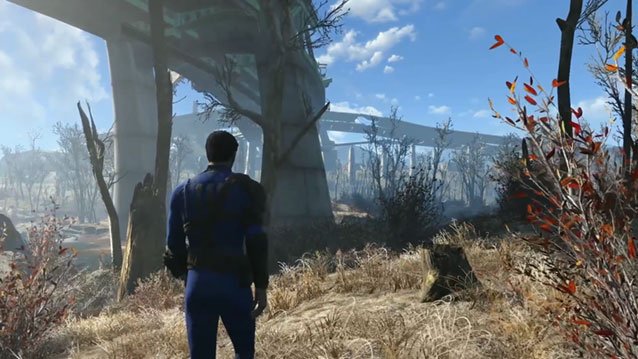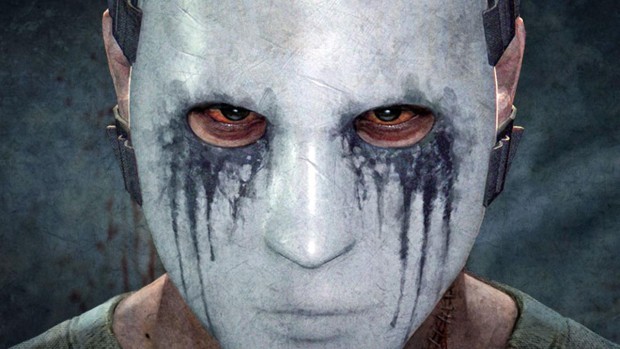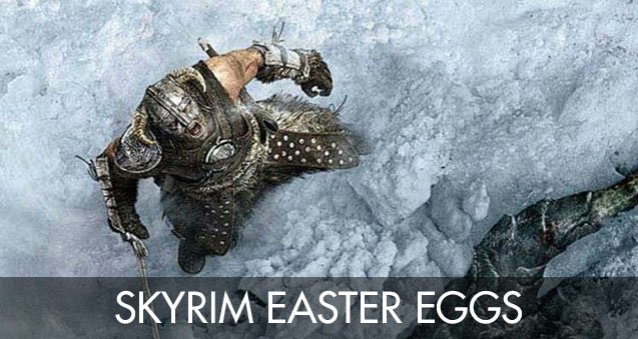

We were just having a conversation about reboots the other day, and how it’s possible that Joel Schumacher is single-handedly responsible for the reboot phenomenon that has taken hold of both Hollywood and the games industry. It started with Schumacher making Batman “more colorful” with Batman Forever and Batman and Robin – leading to Batman Begins, the success of which led to Casino Royale, and trickling down to a million other film reboots. Videogames, always wanting to be interactive movies, jumped on the bandwagon. And now we have Castlevania: Lords of Shadow. Is it a reboot? Yeah, we think so.
Did Castlevania need a reboot? Surely it has done the whole “go after Dracula in his huge castle for the millionth time” thing to death. But the series hasn’t exactly done the Batman and Robin, has it? Its forays into 3D gameplay haven’t set the world on fire (via flame whip, of course), but they didn’t really jump the shark, did they? It does feel, though, that the ol’ ‘vania could do with some freshening of its almost odiously familiar undead corpse.
Above: Get ready, because this shit is about to get real... epic
Lords of Shadow does feel fresh for a Castlevania game, but much of it will be familiar to anyone who’s played God of War, Bayonetta, Tomb Raider, and/or Uncharted. Oh, and Shadow of the Colossus. If ever a game could fit the term pastiche, LoS jumps in and wears it like a glove. It does bring some new ideas to the table, and it does everything – from the graphical details, to the music, to the ludicrously epic boss fights – with passion and finesse. One bandwagon it hasn’t jumped on is the trend for games to be easy these days.
We’re reminded of Demon’s Souls when playing LoS – but wait, don’t worry, it’s not that difficult. It’s not an easy game, but like Demon’s Souls, its difficulty is always fair. It punishes sloppiness and greed, which importantly distinguishes it from God of War by having a different pace to the combat. Gabriel Belmont, the star of the monster-slaughtering show, has an arsenal of fancy combos, but good luck pulling them off. We’re sure super hardcore gamers will find a way to bust out the ten-hit flurries, but we were too busy dodging. LoS divides its combat into several beautiful, optional playstyles. We were a stick-and-mover, lashing out a couple of quick jabs with the combat cross (Gabriel’s version of the whip), rolling away from danger, and repeating. We did so many somersaults through the game’s 15-20 hour play time (yes, it’s epic) that Gabriel must have needed the world’s best chiropractor by the end.
Above: This boss was so difficult and long we were sure he was the last boss. Nope - try the first of three mega bosses, and this isn't counting all the "normal" bosses and the skyscraper-sized titans
We didn’t have time to be escalating God of War-style combos because enemies are fast, aggressive, agile, and they do atrocious amounts of damage. Get too greedy with your button mashing and say night-night. However, the other style of fighting that we didn’t get any good at until very late in the game is block-centric instead of dodge-centric. Time a block perfectly and Gabriel can counter-attack. The wonderful thing is that you can pretty much interrupt one of your combos at any time to block, so if you’re good, you can really lash away at an enemy continuously, punctuating your assault with blocks. Getting good at LoS’s combat is a satisfying, if daunting endeavor. You’ll feel like a goddamn vampire hunting king once you figure out your groove (or knock the difficulty down to easy, although we don’t recommend it if you want a truly satisfying experience).
Despite borrowing so many gameplay ideas from other games, LoS feels like its own thing. Something about its internal logic, its visual and aural aesthetic, and its bizarre story make for an experience that is cohesive and stands on its own two feet, instead of just being a Frankenstein monster of pasted-together disparate parts. Weirdly enough, this also means that most of the time, for us, it doesn’t feel like a Castlevania game. Sure, Gabriel is a Belmont, he fights with a “whip” and he fights gothic monsters like werewolves and vampires in gothic settings like dark forests and flying-buttress-adorned castles, but on the other hand, he tromps through sparkly sun-soaked glades and fights trolls along dusty mountain tops, and never once mentions going after series figurehead, Dracula.
Above: There sure are vampires, though. We enjoyed their demonic, batlike makeover
Ardent fans of the Castlevania series will have a range of reactions to LoS. Some will gobble it up and say, “Yes, this feels like Castlevania,” while others will scratch their heads and say, “Where the hell is the castle and where the hell is my cross-shaped boomerang?” For us, we had so much fun along the way, we only occasionally muttered, “Oh yeah, isn’t this supposed to be Castlevania? Why doesn’t it feel like it?” And yet, there were moments of, “Oh yeah, now THAT’S some freakin’ Castlevania!”
Gamers especially bewildered by the first few hours of LoS should be aware that part of the confusion is intentional. The game wants the player to ask “So how does this fit into the canon?” It does answer that question, but we won’t spoil it here. Whether that answer will satisfy fans will have to wait until after the game releases.




 Camera, Video Game, And Computer Deals, Oh My
Camera, Video Game, And Computer Deals, Oh My Top 20 Shocking Surprises and Secrets in Video Games
Top 20 Shocking Surprises and Secrets in Video Games 5 Things NEW FALLOUT PLAYERS Should Know
5 Things NEW FALLOUT PLAYERS Should Know Dying Light Bozak Horde: Expansion - All contents of the DLC
Dying Light Bozak Horde: Expansion - All contents of the DLC Skyrim Easter Eggs Guide: We Are Amused
Skyrim Easter Eggs Guide: We Are Amused